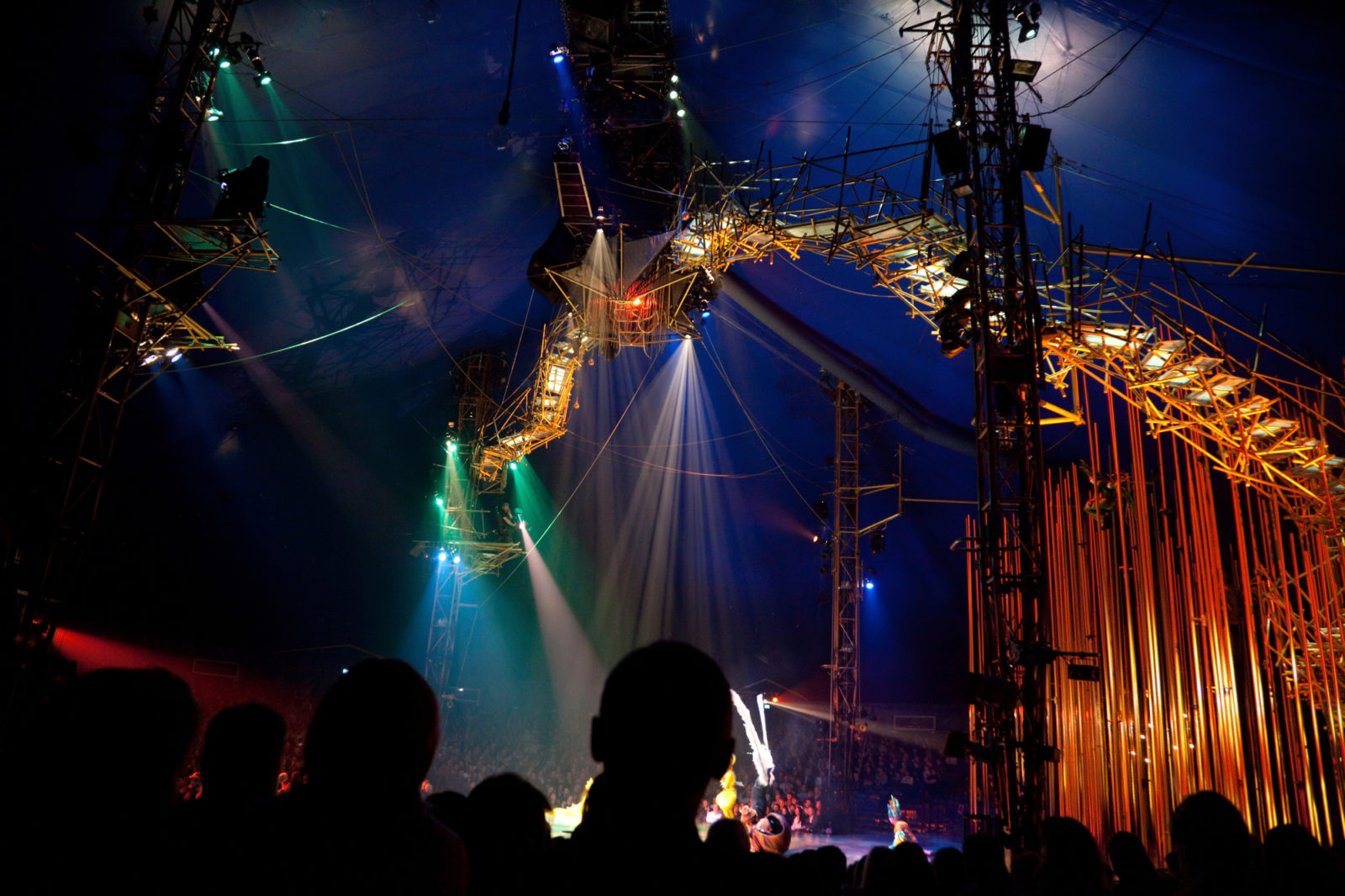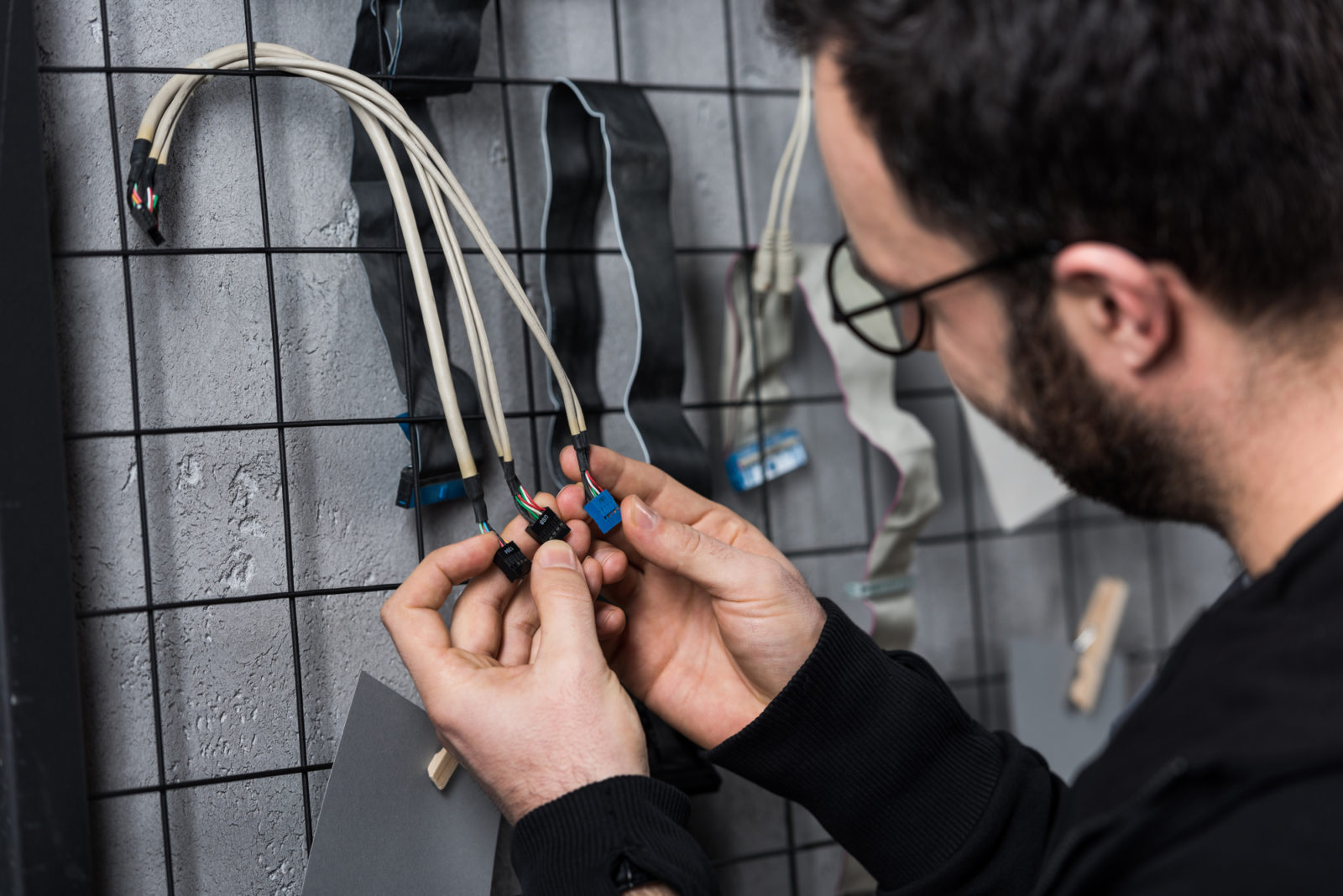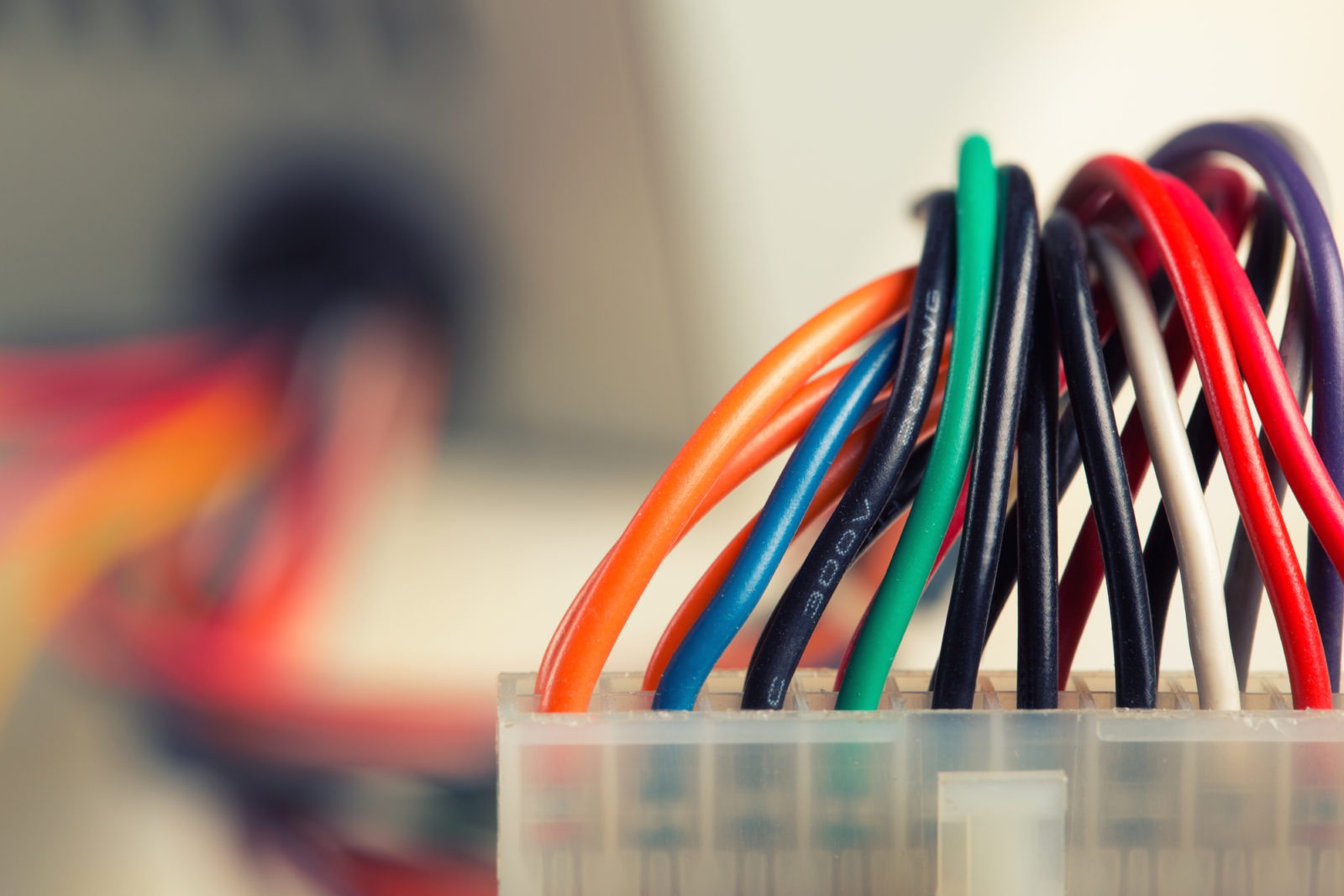Event Tech A/V 101

I was recently at a conference in Silicon Valley, during which some of the most complex and futuristic technology was discussed. At one point, a speaker’s slides malfunctioned. His response: “A.I. is easy. A/V is hard.” The moment was a human one, and a glaring reminder that even the most technologically advanced experts struggle with the harsh realities of A/V equipment. We can’t take all the pain away, but we can offer 8 tips to make the A/V life a bit easier.
Some A/V rentals are a racket.
One of the most discussed pains of conference planning is the cost of A/V rentals. A price sheet from a hotel in Atlanta shows a few shockers: A TV and DVD player? $225. With TVs costing about the same as the rental, it may be tempting to bring your own equipment. But that brings us to our next point…
Think twice before bringing your own equipment.
There are some non-obvious benefits to renting A/V equipment, however pricey it may be. Hauling the TV and DVD player for your home to your tradeshow booth is no small task. Setup, teardown, and troubleshooting? By renting, you should be able to just show up and get right to networking.

Don’t forget about power.
Perhaps you’re bringing your own specialized equipment to show off, or you ordered a TV from the a la carte A/V menu. Either way, you may be forgetting one important thing: power! Many venues require a special request for access to an outlet or power cord.

Microphones: count twice, order once.
Short-ordering microphones is one of the great sins of event planning. Carefully count the number of voices who will be amplified within a five minute period, and order enough mics for all. Assumptions of “simply passing the mic” will lead to long, awkward delays.
Screen ratios are real.
That PowerPoint presentation you spent a month preparing? You should double-check its ratio. Most modern screens operate at a ratio of 16:9, while legacy systems are 3:4. Ask for the dimension of your venue’s screen, and design your slides to match.
Setup ain’t no cinch.
It shouldn’t take much time to pull down a screen and turn on a projector. Right? Wrong. In outlining your day-of scheduled, you should plan on things going wrong in the audio/visual category. If you end up with extra setup time on your hands, no one will fault you for taking a coffee break.
Verify you can play a video.
Your presentation includes a lighthearted video? Fun! Wait a second. Are there speakers attached to this laptop? If you don’t specify, chances are, your video will be playing sans-audio.
Who’s going to run that?
Most modern professionals are confident in their computer skills. That confidence can translate to forgetfulness when it comes to event staffing. Sure, you may be able to turn on a laptop. But who’s going to be at the back of the room when the projector malfunctions? Bottom line: yes, you actually need a technical staff for your event.

Have a backup plan.
If you think this one goes without saying, you’d be shocked by how many professional events get completed frozen by a single piece of equipment gone awry. What is your plan if microphones malfunction, the projector burns out, or power shuts off? Yes, you should have a plan for each.